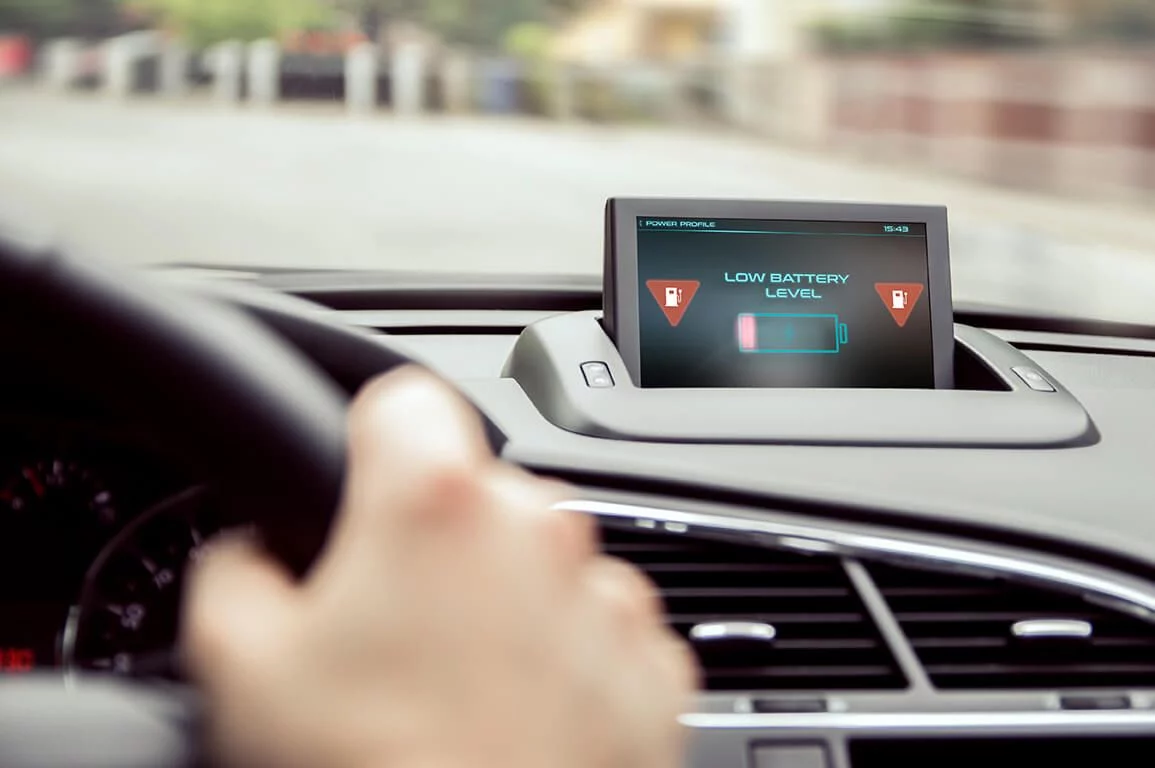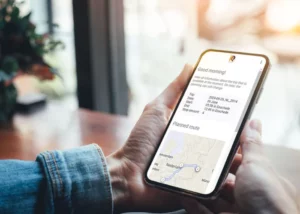
A good truck driver does much more than just transport goods
The role of a professional truck driver is no longer limited to simply transporting goods from A to B. Nowadays, drivers and their vehicles serve as the public face of the shipper, as the moment of delivery is often the only time there is any personal interaction between the supplier and the customer.
Truck drivers should therefore always demonstrate good road manners and be given enough time to deliver goods courteously. This makes it crucial to provide correct and up-to-date information—not only to the driver but also to everyone else involved in the delivery process, including the recipient. After all, customers no longer accept vague delivery windows like “sometime between 12:00 and 16:00” or an endless stream of trucks passing through residential streets where children are playing.
The only way to avoid such issues is to ensure that everyone in the transport and logistics chain receives and views the same information simultaneously. The Simacan platform makes this possible. Additionally, Simacan’s smart algorithms help make drivers’ jobs easier by providing extra support.
Driver or battery manager?
As electric trucks become more commonplace, truck drivers will soon face an additional responsibility: monitoring their vehicle’s battery charge. It is essential for drivers to know whether the battery has enough power to complete the remaining stops on schedule and return to the distribution center (DC) afterward. A driver’s acceleration habits actually account for only 30% of battery drain. Other factors affecting power consumption include traffic congestion, weather conditions, vehicle weight, and the types of maneuvers required. But will drivers ultimately be responsible for monitoring the remaining charge, or will this task fall to the transport planner, acting as a sort of “battery manager” for the drivers?
It will likely be a combination of both. To minimize the need for mid-route recharging—both for cost and scheduling efficiency—companies will want to optimize battery use throughout the trip. Therefore, both the driver and the transport planner will need support. This support includes insight into how much power will likely be required for the remainder of the trip, as well as how much charge will remain when the vehicle returns to the DC. After all, the trucks will need to be recharged and ready for their next trips, so transport planners must anticipate potential issues and take proactive measures to avoid disruptions.
Of course, obtaining these insights is only possible if all parties are willing to share relevant data—preferably in a standardized manner. At Simacan, we recognize this challenge and are continuously working to address it!
This might also interest you:

Route book: Trip information for drivers
The Simacan Route Book provides truck drivers with essential, real-time route information via a mobile browser. It ensures optimal preparation, enhances safety, and supports sustainable

How to make driving a truck an attractive profession (again)
The transport sector faces a significant challenge: a dwindling pool of truck drivers, primarily aging men over 50. To revitalize this profession, it’s crucial to

